Brodie Swisher
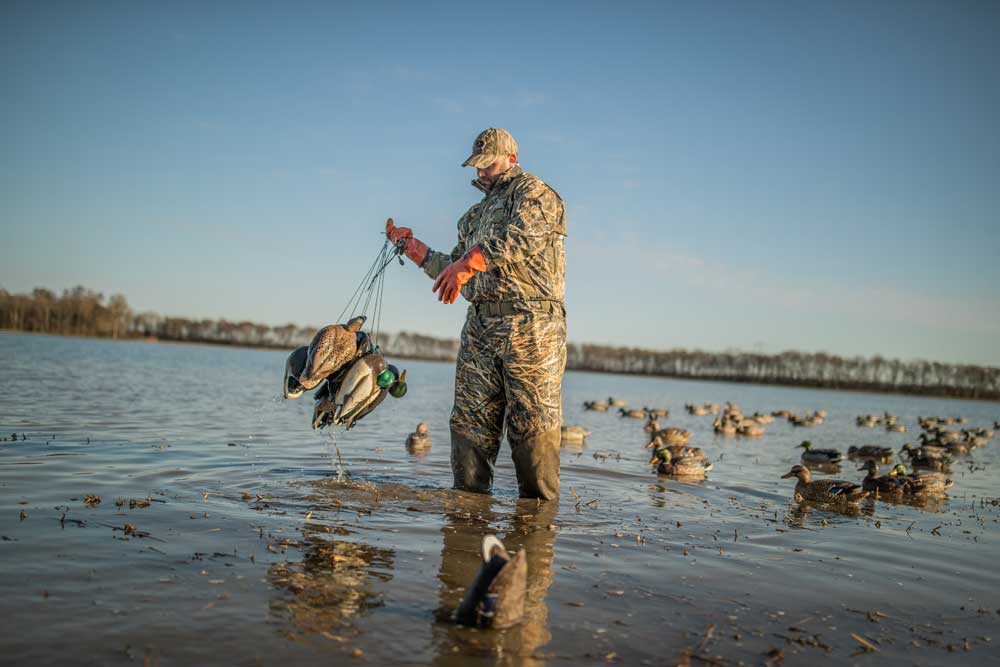
By the time the late season arrives, ducks have pretty much seen it all when it comes to the average decoy spread. That’s why it’s so important that your decoy presentation stands apart from the rest.
What’s the best way to make this happen? In the late season, it’s all about motion in the decoys to fool wary waterfowl. Here’s a look at the best motion decoys for late season ducks.
LATE SEASON DUCKS – SET UP FOR SUCCESS
Best Types of Motion Decoys
Spinning Wing Decoys
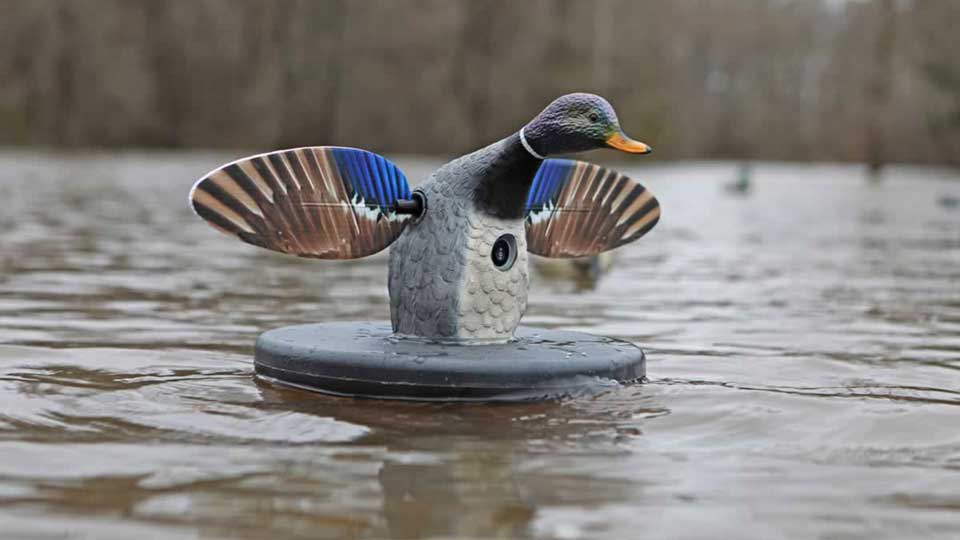
It’s been well over two decades since the spinning wing decoy first came on the scene, forever changing the way ducks view a hunter’s spread. In the late 90s, a revival of duck hunting opportunities took place as hunters everywhere began to add these decoys to mix. In those days, it was hard to get your hands on one. They sold as quickly as they hit the shelves. Many hunters resorted to building their own from RC car axles, or other manipulated car parts and motors. Decades later, hunters are still using these spinning wing decoys to fool the eyes of waterfowl all down the flyway. And while they don’t necessarily work as well as they once did, they still pull ducks in often enough to make it worth having in your decoy spread.
There are a number of options on the market when it comes to spinning wing decoys, but the Mojo Floating Mallard is hard to beat when you want to mix things up with water movement combined with spinning wing action.
“The Mojo floater rides the water and waves giving it a more realistic look,” says Caleb Dunn, duck guide on Reelfoot Lake. “Ducks see them and drop right down in to them.” The floater-style spinner truly pulls double duty to give you extra eye appeal for high-pressured ducks.
Agitator/Pulsator Water Decoys
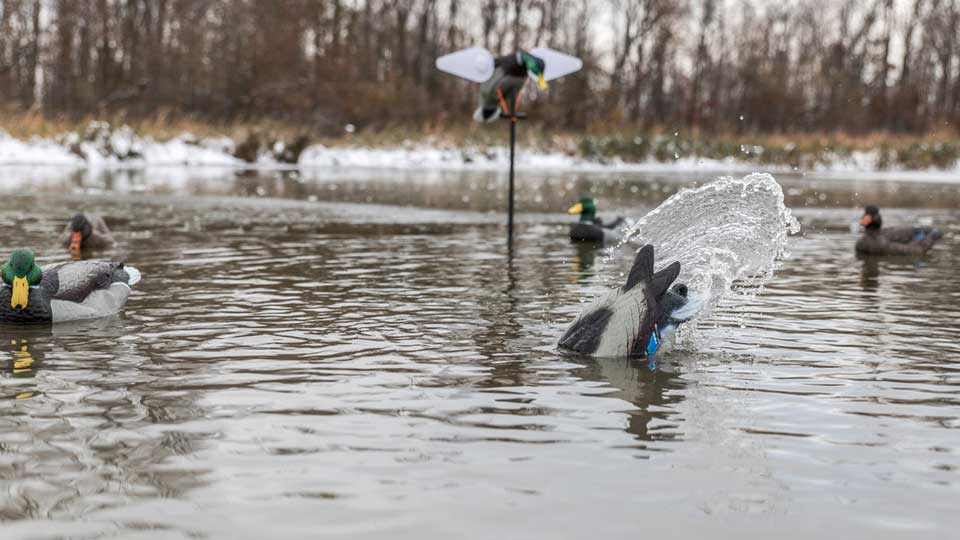
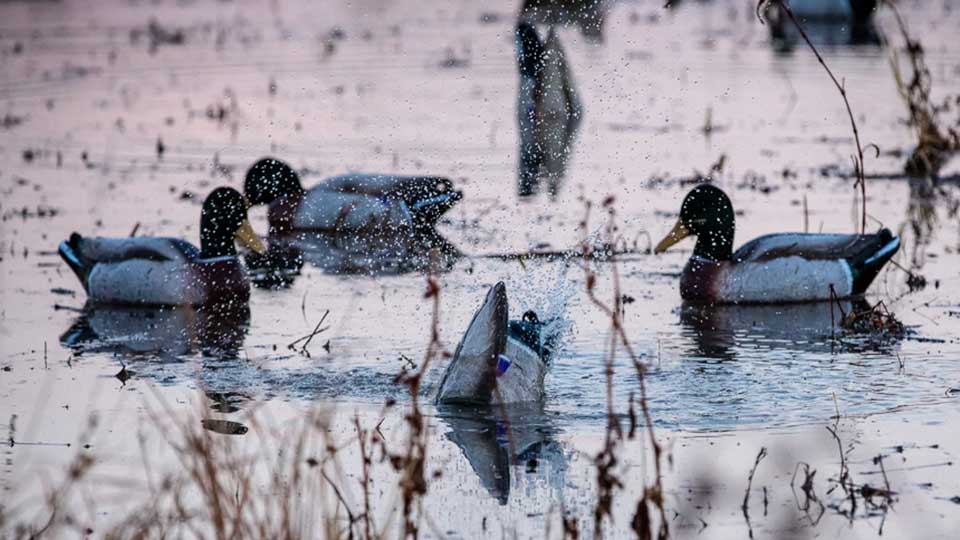
There will be plenty of days throughout the season when the wind is calm and decoy movement is slim to none. These are the days when you’ll have to create your own movement, adding ripple and action to the water. This is easier than ever with decoys like the Lucky Duck Agitator HDi and Higdon XS Pulsator decoys. As the names imply, these duck-butt style decoys create their own water action to mimic the aggressive feeding action of ducks on the water. They are a great option for creating lifelike water action, but they also serve equally well as a confidence decoy for approaching ducks looking to get down on the water to feed. These lithium battery powered decoys run 6-8 hours on a charge to give your decoys lifelike movement throughout the day.
Crazy Kickers
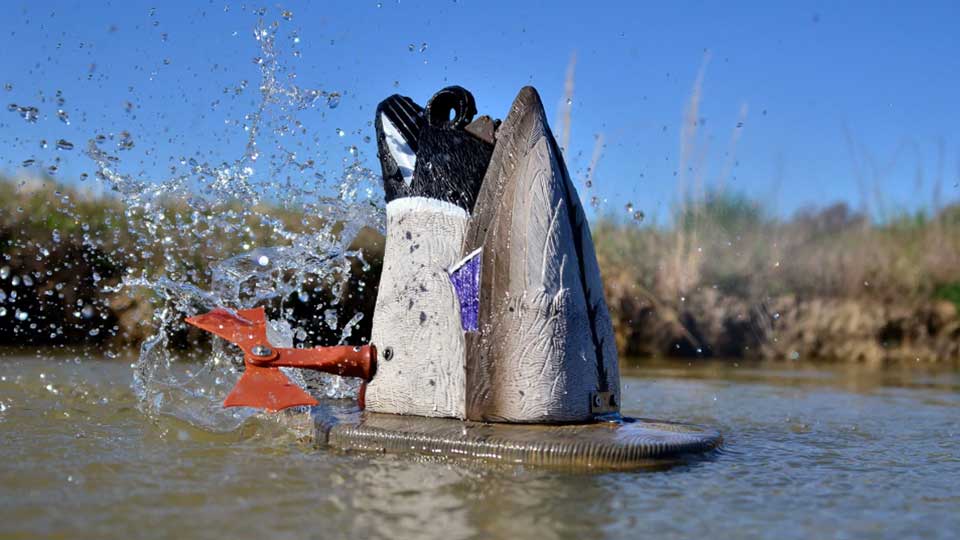
Another great option for stirring up the water and bringing your decoys to life, even on the calmest of days, is the Crazy Kicker decoy from Higdon. The decoy simulates real-life feeding motion of ducks on the water. The kicking motion of the decoy sends water flying, resulting in added ripple action across the decoy spread. The decoy features an impressive 10-hour run time, has a built-in timer, and can operate in as little as 1 inch of water.
Jerk Cord
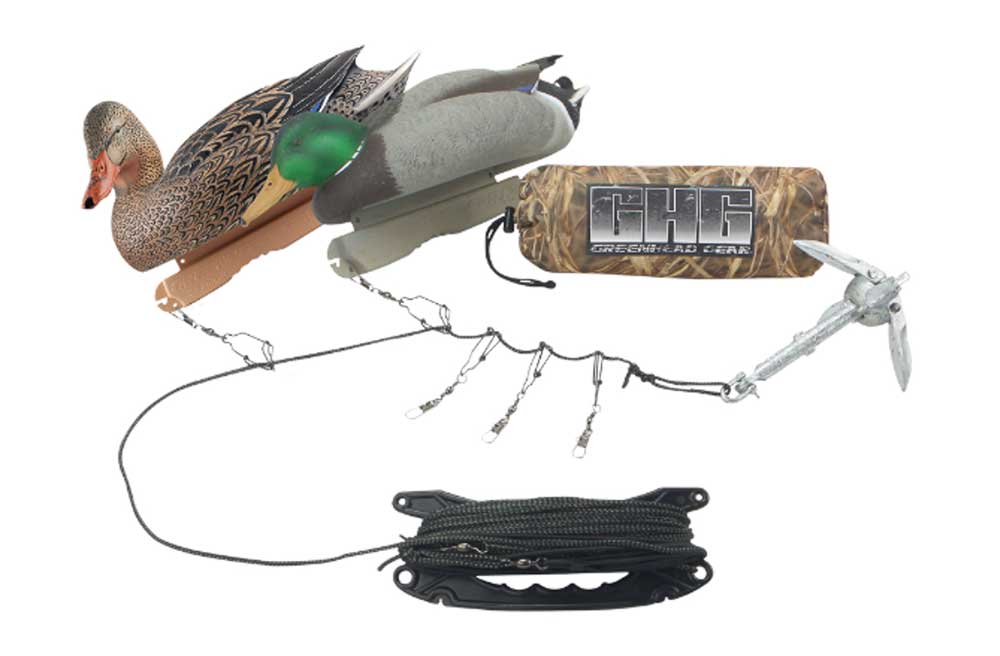
The oldest and still one of the best methods for adding motion to your decoys is the classic jerk cord. There are no batteries, motors, or moving parts to worry about. You simply pull the cord and bring your decoys to life with movement that’ll rival anything else on the market. It’s the budget friendly option that’s packable, portable and always ready when you need it. The Swimmer-Chaser kit from Greenhead Gear is a simple jerk cord kit that simulates the look of up to six ducks chasing each other through the decoy spread. The kit includes everything needed to bring your decoys to life from up to 100 feet away from your blind. The downside of this option is that you have to manually activate the decoys by hand. However, it’s a small price to pay when it comes to adding substantial decoy action to the water, at a budget-friendly price (under $40).
The decoys mentioned above have proved themselves again and again over the years as some of the deadliest motion decoys on the market. Their spinning and splashing action adds realism to your presentation like nothing else. They just might be the trick to fool those stubborn late-season ducks in the final weeks of the season.




























